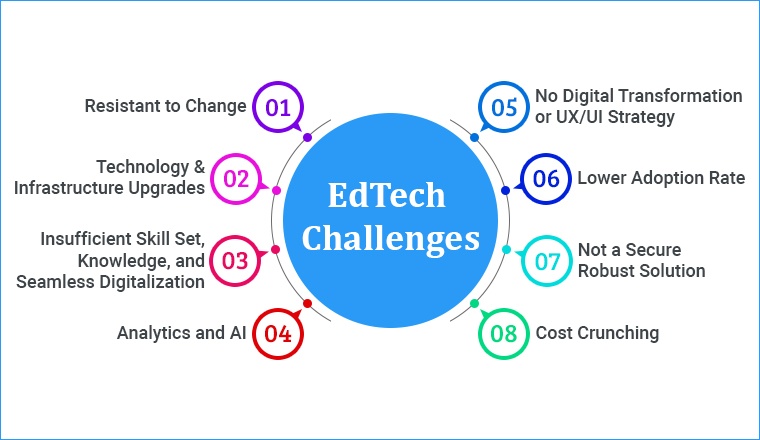Embracing Hybrid Work in a Transforming Landscape
The landscape of work has undergone a profound shift, ushering in the era of hybrid work models. Embracing this transformation, professionals have embraced the flexibility and work-life balance that hybrid work offers. However, with this newfound flexibility comes a set of complexities and security challenges that organizations must address. In this exploration of endpoint security in the hybrid era, we delve into the risks and strategies that shape this evolving paradigm.
Understanding Endpoint Security in Hybrid Work Environments: Challenges and Solutions
Embracing Hybrid Work: A New Paradigm: Statistics Canada reveals a significant shift towards hybrid work models, with a substantial portion of the Canadian workforce adopting this approach. As employees navigate between office and home, the lines between workplace and personal space blur, necessitating a robust approach to security.
Security Implications of Hybrid Work: Hybrid work introduces unique security risks. The movement of devices across various environments—office, home, cafes—raises concerns about endpoint protection. Devices such as PCs and printers, the primary targets of cyberattacks, require heightened security measures.
Challenges in Hybrid Security: Despite the passage of several years since the shift to hybrid work, security challenges persist. Global research underscores the increasing difficulty of safeguarding hybrid workers. Security leaders acknowledge existing gaps in their organizations’ security posture.
Endpoint Vulnerabilities: Endpoints, encompassing devices like laptops, tablets, and smartphones, emerge as critical entry points for cyber attackers. The vulnerability of these endpoints is exacerbated in the hybrid work context, where devices often lack the protection of enterprise perimeters.
Human Element in Security: Hybrid work introduces a relaxed environment without immediate colleagues, increasing the likelihood of human error. Phishing attacks, ransomware, and insecure home networks become prominent threats. IT and security leaders express concerns over compromised hybrid employees.
Mitigating Risks: Strategies for Effective Hybrid Security
Targeted Investments: Organizations are directing their investments towards securing hybrid work environments. However, the effectiveness of these investments hinges on the deployment of the right tools. Prioritizing secure by design hardware is pivotal for an effective hybrid security strategy.
Innovative IT Management: Leveraging cellular networks, IT managers can connect with remote computers even when offline. This capability enables remote device management, allowing for device lockdown and data wipe to prevent data leaks and breaches. Not only does this enhance security, but it also reduces IT costs and support efforts.
HP’s Wolf Connect Service: In response to the need for resilient IT management, HP introduces the HP Wolf Connect service. This solution empowers IT professionals to manage HP commercial devices, even when they are powered down or offline, streamlining device security and support.
Embracing Endpoint Security for the Hybrid Era: A Holistic Approach
The shift to hybrid work mandates a comprehensive approach to security. Traditional perimeter-focused strategies fall short in this context. To effectively safeguard hybrid environments, the endpoint emerges as the cornerstone of security efforts. Incorporating hardware-enforced security measures and protection above, in, and below the operating system is pivotal. This ensures robust user protection without compromising the benefits of hybrid work.
Author’s Insights: Pritish Kumar Halder
With a keen eye on emerging technological trends, Pritish Kumar Halder stands as a guiding voice in the realm of innovation. A master of translating intricate concepts into practical strategies, Pritish Kumar Halder empowers readers to navigate complex landscapes with clarity.










